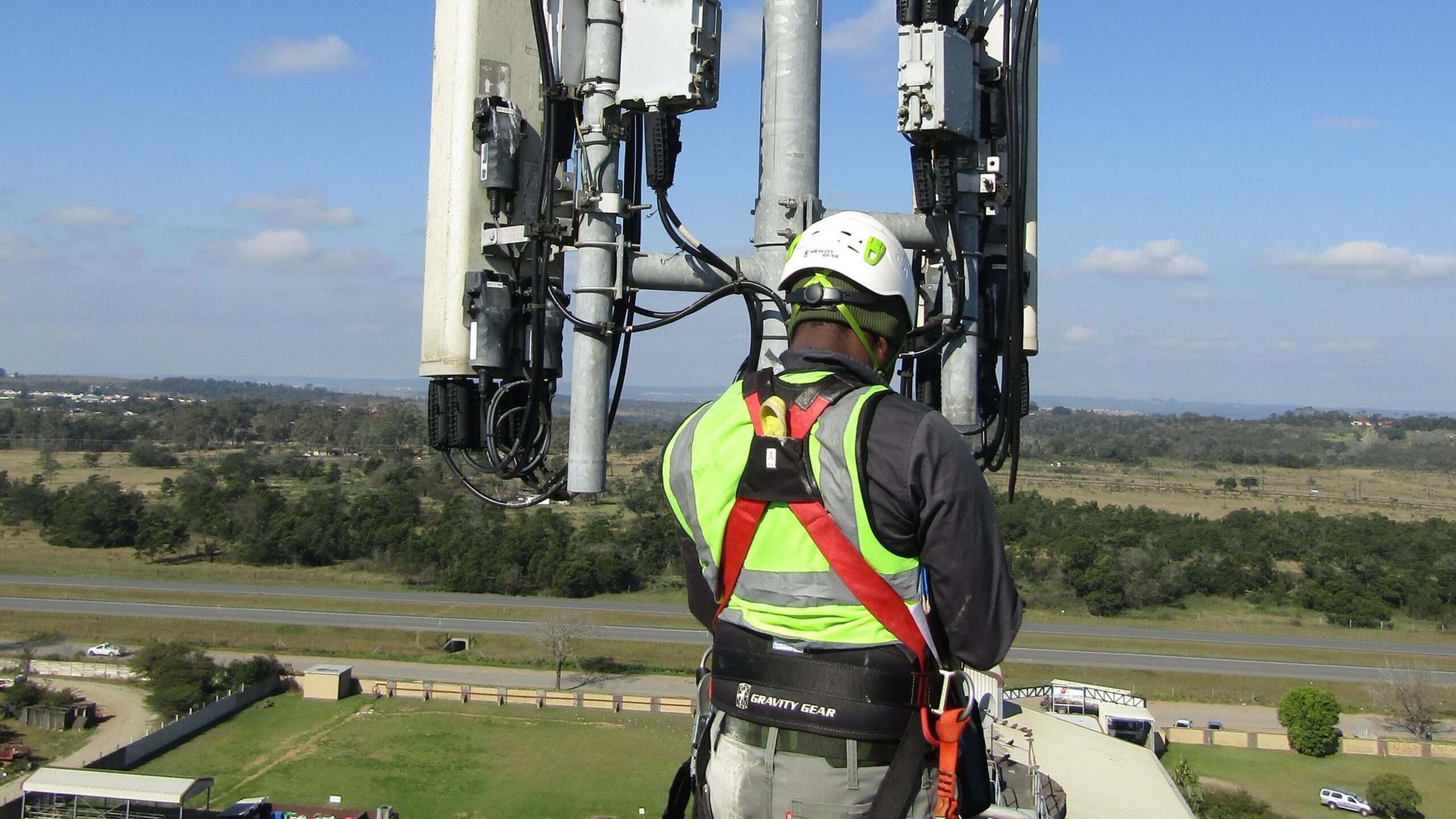Radiofrequency (RF) is the invisible force that powers communication for television, radio, Wi-Fi, and mobile phones. While RF has revolutionized communication, public safety concerns emerged with the rapid expansion of telecommunications in the 1990s. The industry has taken these concerns seriously, using extensive research and experience to develop guidelines that ensure safe exposure levels.
This blog aims to explain RF safety in simple terms, highlighting how safety guidelines mitigate overexposure risks. These regulations play a crucial role in the construction of mobile base stations, ensuring both public and worker safety.
What is RF Safety?
Radiofrequency refers to a specific range of frequencies in the electromagnetic spectrum that allows for wireless communication. RF safety is the steps taken to ensure that no person is overly exposed to RF. Regulatory bodies like International Commission on Non-Ionizing Radiation Protection (ICNIRP) researched and developed guidelines to ensure safe exposure limits.
Why RF Safety Matters?
RF safety is essential for:
- Protecting both the public and workers from perceived health risks, as outlined by the World Health Organization (WHO).

- Ensuring that mobile network infrastructure adheres to a measurable standard, such as the International Commission on Non-Ionizing Radiation Protection (ICNIRP) guidelines, which are followed in South Africa.
RF Safety In Our Daily Lives.
RF safety guidelines influence how we interact with technology:
- Mobile base stations are strategically placed to avoid close proximity to the public, adhering to measurable safety standards.
- The general public only encounters RF exposure from low-power devices, such as mobile phones and Wi-Fi routers.

- Strict access restrictions prevent unauthorized individuals from entering base station sites, ensuring public safety.
Conclusion
RF is an integral part technology that allows us to enjoy many modern comforts. Guidelines are in place so that we can enjoy these technological benefits with little to no risk to our health. As technology progresses, so does these guidelines for RF safety. To learn more about RF Safety standards and practice, visit www.ICNIRP.org or view our service offering https://www.mns.alphawave.co.za/#services

Leave a Reply